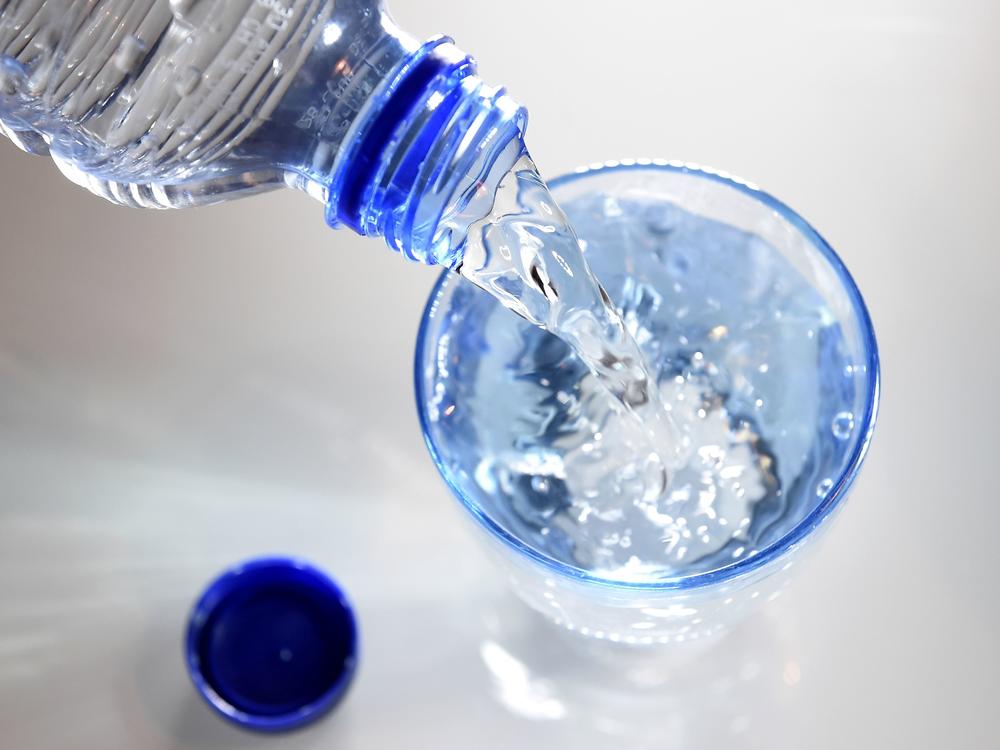Section Branding
Header Content
Thirsty? Here's how your brain answers that question
Primary Content
It feels so simple. When we're thirsty, we drink.
But the brain science behind that decision is pretty complicated, a Caltech team reports in the journal Nature.
The study focused on just one checkpoint – near the liver — that the brain relies on to make sure we drink the right amount of water. But there are many other thirst-related checkpoints throughout the body and brain, says Yuki Oka, one of the authors and a Caltech researcher who has devoted much of his career to understanding thirst.
One of the first checkpoints is passed when water reaches your mouth, which "gives your brain a refreshing feeling," Oka says.
Then your brain needs to know how much water you are taking in to figure out when you should stop. It can't wait until the water gets absorbed into the bloodstream because that can take 15 minutes or more.
"So the body has additional checkpoint, which is gulping," Oka says.
The act of swallowing acts like a meter, which the brain monitors to quickly determine now how much fluid is entering the body.
Still, Oka says, the brain takes a trust-but-verify approach to this information.
"There is a second checkpoint in the intestine, to make sure that you drank water," he says. That confirmatory step takes a couple of minutes though.
The intestine is responsible for moving water into the bloodstream, where there is yet another checkpoint – the one that is the subject of Oka's study.
His team used mice to study the vessels that carry blood from the intestine to the liver. And they found cells there that transmit messages up the vagus nerve, which runs from the gut to the brain, when an animal has been hydrating.
And here's where the system gets really complicated.
These cells, in what's known as the hepatic portal area, weren't sensing the water directly. Experiments showed they were responding to a hormone that's produced when water reaches the intestine and makes the contents less salty.
"So the change is now translated into hormonal signal to tell the brain that we are drinking water," Oka says, in a matter of minutes.
Why is this checkpoint so complicated? Oka says using a hormonal signal may make it more sensitive to subtle changes.
It makes sense that the brain wants to know what's happening in the blood heading for the liver, says Kirsteen Browning, a professor in the department of neural and behavioral sciences at Penn State College of Medicine who was not involved in the study.
"It's an obvious checkpoint," she says.
But it's "surprising" that the detection mechanism uses a hormone as an intermediary, rather than sending the message directly, Browning says.
The fluid-intake checkpoint near the liver is far from the final one, Browning says. "There's then going to be changes in blood pressure and in plasma volume, and those can be sensed as well," she says.
The brain even has areas that directly monitor how watery our blood is, Browning says. And all of these checkpoints provide information to the brain that affects how thirsty we feel.
The system is complicated because our survival depends on "multiple layers of redundancy and multiple failsafe mechanisms" that ensure proper hydration," she says. And that's to be expected, given the life-or-death nature of our dependence on water.
All of these complex, redundant systems to regulate thirst are "great from a survival standpoint," Browning says. "It just makes it a little bit difficult when we're trying to figure out exactly the neural mechanisms involved in these apparently very simple responses."
Copyright 2022 NPR. To see more, visit https://www.npr.org.

